Tectonic Plates
Introduction
Tectonic plates are the large, thin, relatively rigid plates that move relative to one another on the outer surface of the Earth. Plates are always slowly moving, but they also interact at their edges, where they converge, diverge, or slide past one another. Such interactions are thought to be responsible for most of Earth's seismic and volcanic activity, although earthquakes and volcanoes can occur within plate interiors. Plate tectonics is the theory explaining such phenomena.
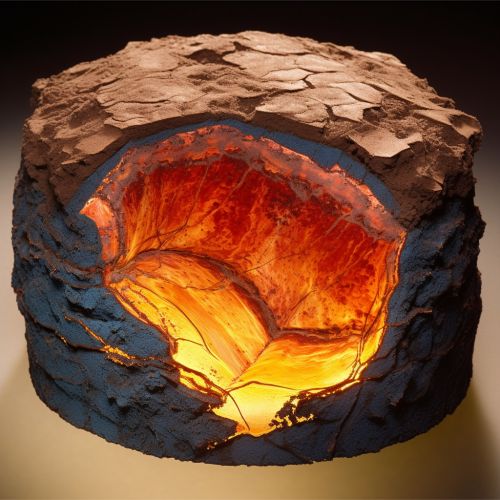
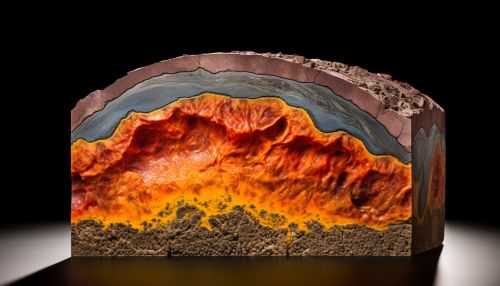
Plate Boundaries
The edges where two plates meet are known as plate boundaries. Boundaries have different properties depending on the manner in which the plates are moving relative to each other. There are three types of plate boundaries: divergent, convergent, and transform. Each type of boundary leads to different geologic features and phenomena.
Divergent Boundaries
At divergent boundaries, plates move apart from each other. This happens primarily through seafloor spreading at mid-ocean ridges, but can also occur on land. When plates move apart, magma rises from the mantle to the surface, creating new crust. This process leads to features such as rif valleys, volcanic islands, and undersea mountain ranges.
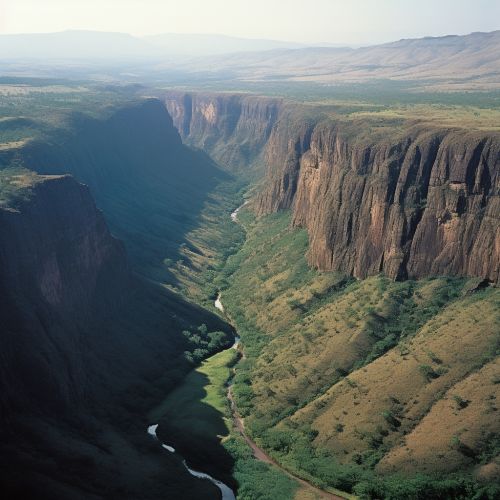
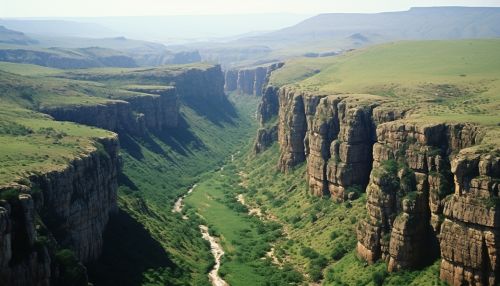
Convergent Boundaries
At convergent boundaries, plates move towards each other. This can result in one plate being forced under another in a process known as subduction. The subducting plate is forced into the mantle where it melts, creating magma that can cause volcanic eruptions. Convergent boundaries can also lead to the formation of mountain ranges, such as the Himalayas.
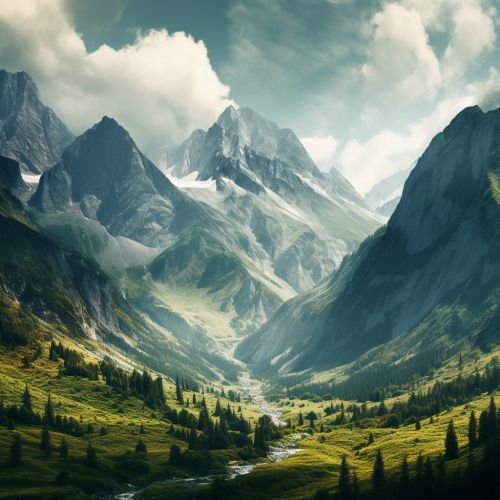
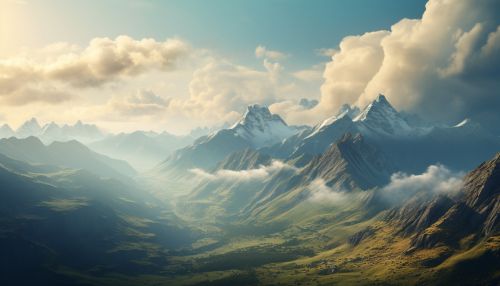
Transform Boundaries
At transform boundaries, plates slide past each other. This can cause earthquakes as the plates scrape against each other. The most famous transform boundary is the San Andreas Fault in California.
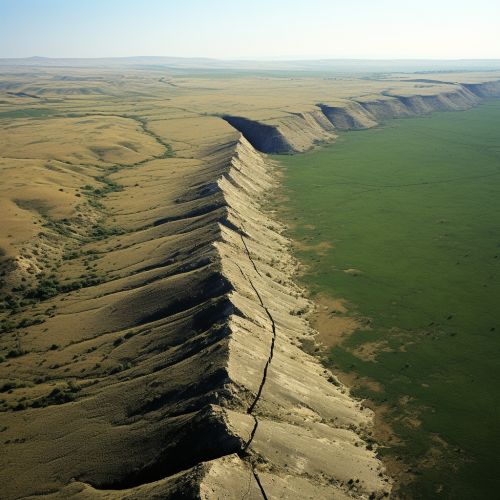
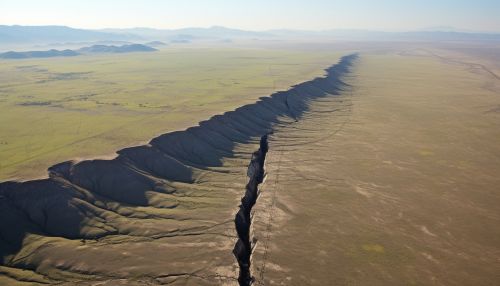
Plate Tectonics and the Earth's Crust
The Earth's crust is divided into several major and minor tectonic plates. These plates are constantly moving, albeit very slowly. The movement of these plates is driven by the convection currents in the Earth's mantle beneath the crust.
Plate Tectonics and Geologic Activity
The movement of tectonic plates is responsible for much of the Earth's geologic activity, including earthquakes, volcanic eruptions, and the creation of mountain ranges. These processes have shaped the Earth's surface over billions of years and continue to do so today.
See Also
References
1. "Plate Tectonics." Encyclopædia Britannica. Encyclopædia Britannica, inc., 26 Oct. 2021, www.britannica.com/science/plate-tectonics. 2. "What is Plate Tectonics?" USGS, www.usgs.gov/faqs/what-plate-tectonics?qt-news_science_products=0#qt-news_science_products. 3. "Understanding Plate Motions." USGS, www.usgs.gov/special-topic/water-science-school/science/understanding-plate-motions?qt-science_center_objects=0#qt-science_center_objects.
